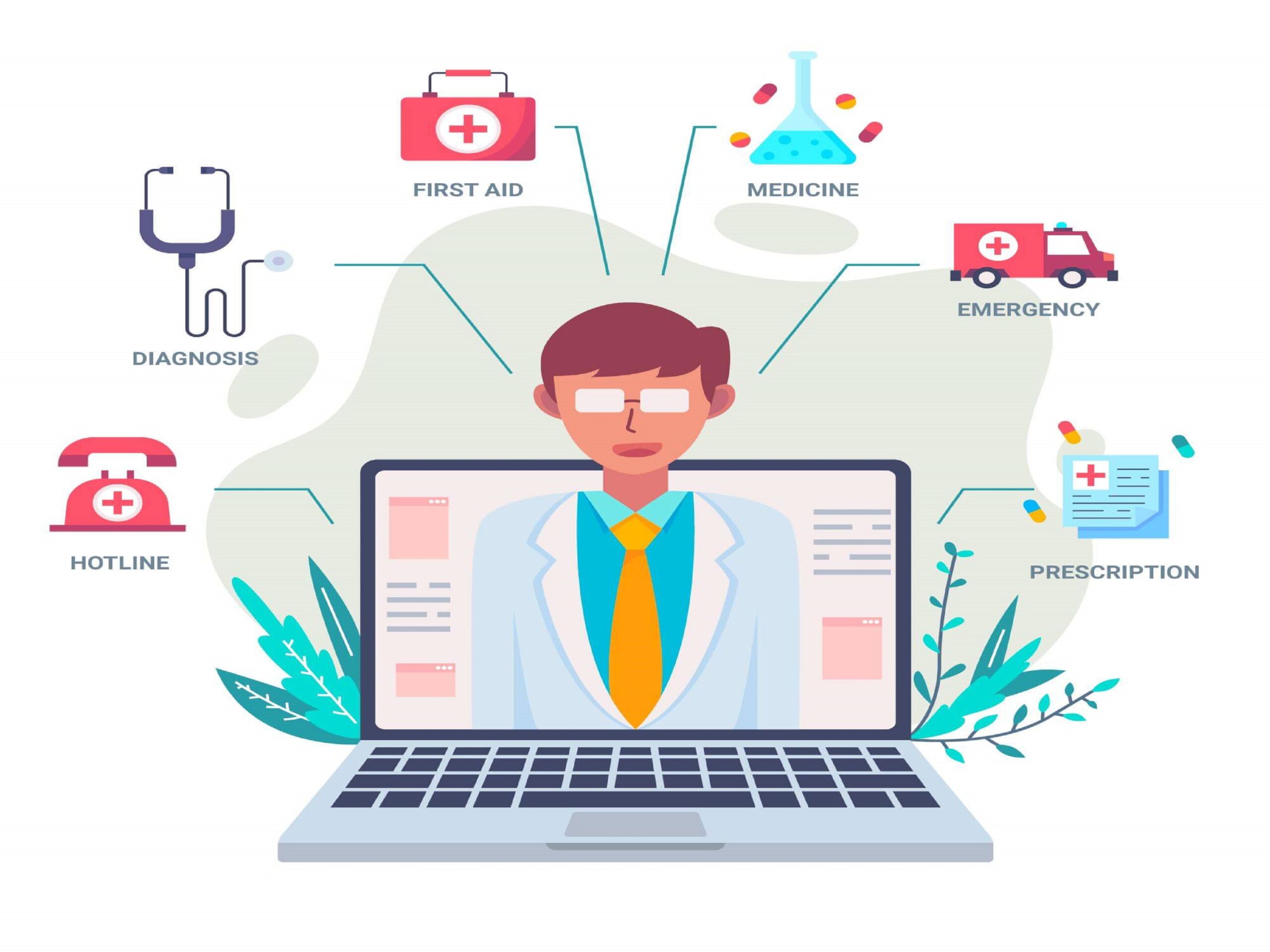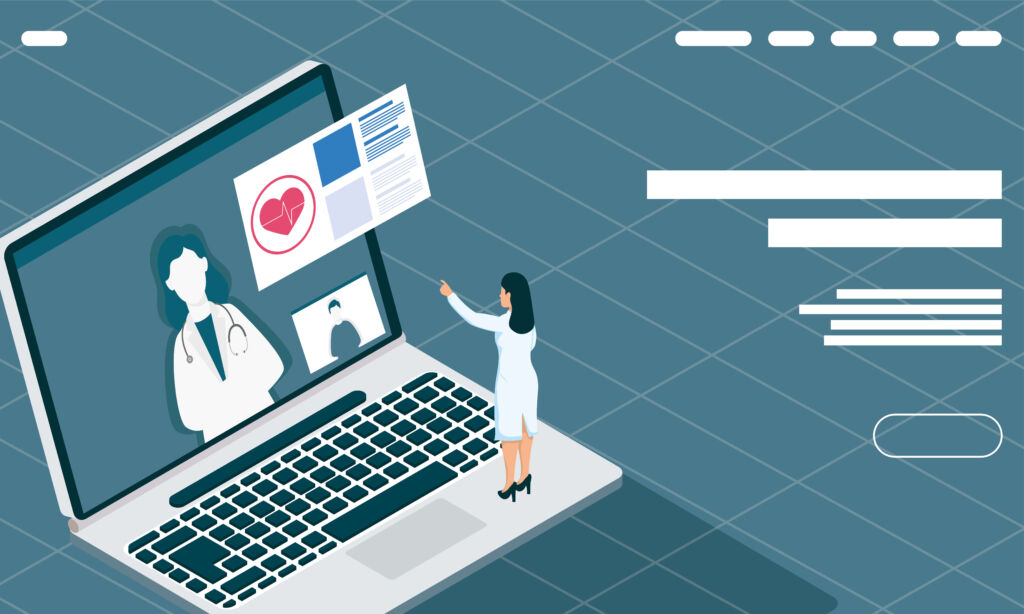

August 19, 2022
As technology advances, the healthcare industry is no stranger to its benefits. Telemedicine software development is one of these advancements that has been gaining traction, especially in the current climate.
This technology-based solution allows doctors and healthcare professionals to connect with patients remotely, providing a more convenient and cost-effective approach to healthcare. This blog post will explore how telemedicine software development can boost ROI for healthcare organizations and providers.
Telemedicine software development is an innovative solution that has revolutionized the healthcare industry. It is a technological advancement that enables patients to receive remote medical care from the comfort of their own homes, thereby eliminating the need to travel to medical facilities. It has been developed keeping in mind the needs of healthcare professionals who want to provide their patients with timely medical care, regardless of location.
With telemedicine software development, healthcare professionals can access a patient’s medical records, symptoms, and history remotely, allowing them to provide accurate diagnoses and medical advice. This technology has proved to be a game-changer in the healthcare industry, significantly improving accessibility and convenience for patients.

Telemedicine software has become an increasingly important tool for healthcare providers in recent years, allowing them to connect with patients remotely and provide critical medical services without requiring an in-person visit. To develop effective telemedicine software, it is vital to understand the potential return on investment (ROI) that such software can provide.
While the healthcare industry has traditionally relied on marketing efforts to drive sales growth, the ROI on telemedicine software is primarily tied to reduced operating costs and increased long-term sustainability.
By reducing the need for in-person visits and streamlining administrative processes, telemedicine software can help healthcare providers deliver better care at a lower cost, ultimately leading to long-term gains in profitability.
One major factor affecting telemedicine software development’s ROI is the cost of creating customized solutions. Developing software that meets the unique needs of a particular healthcare organization can be a complex and time-consuming process, which can drive up the overall cost of the project.
However, investing in customized telemedicine software can offer significant long-term benefits, including increased efficiency, improved patient outcomes, and higher patient satisfaction. When considering the ROI of telemedicine software, it is essential to weigh the potential costs against the long-term benefits to determine whether the investment is worth pursuing.
One crucial factor is the capacity of the software to reduce expenses. With many telehealth software options available, businesses must choose one that can allocate resources and reduce expenses. Doing so will increase the ROI, making the investment cost well worth it in the long run. So, when considering investing in a telemedicine software development project, businesses must prioritize finding a software solution that can effectively reduce expenses and improve the overall ROI.
Technological advancements have revolutionized the healthcare industry, and telemedicine has emerged as a key player in modern medicine. Telemedicine software solutions have paved the way for virtual consultations and remote patient monitoring, providing patients with convenient access to healthcare while improving the efficiency of healthcare providers. Healthcare organizations can benefit from increased productivity and revenue generation with telemedicine software development.
Improved efficiency in patient care translates to more patients served in a timely manner, ultimately leading to improved revenue streams. Telemedicine software solutions offer healthcare providers an opportunity to maximize return on investment by increasing efficiency and decreasing overhead costs.

Telemedicine has quickly become a popular and necessary tool for medical professionals, but with its benefits comes the cost of software development. The good news is that there are several strategies you can use to optimize your ROI. One of the most effective ways is utilizing affordable alternatives such as off-the-shelf solutions or open-source software.
These alternatives are typically much cheaper than developing custom software in-house and can also be just as effective in meeting your telemedicine needs. By using these options, you can allocate resources more efficiently, allowing you to focus more on providing quality healthcare and less on developing software. In today’s fast-paced healthcare industry, optimizing your ROI is crucial, and affordable alternatives are worth considering.
One key strategy for optimizing ROI from telemedicine software development is developing solutions that cater to specific needs. By honing in on particular use cases, developers can create solutions that address unique pain points and provide real value to patients and healthcare providers. Whether it’s a telemedicine platform for remote mental health counseling or an app for tracking chronic conditions like diabetes, the possibilities for innovative solutions are endless.
In today’s age, healthcare providers around the globe are rapidly adopting telemedicine software development to provide patients with prompt, convenient, and cost-effective medical care. However, with this new paradigm shift comes the critical need to maintain data security and comply with healthcare regulations. Thus, implementing advanced security measures while building telemedicine technology should be the top priority if providers intend to optimize their ROI.
Security and compliance are foundational aspects that ensure a provider’s operations remain ethical, legal, and secure. Advanced security frameworks not only safeguard healthcare providers’ data and patients’ sensitive medical information but also shield them from legal repercussions in case of any data breaches. As such, healthcare providers must prioritize security and compliance measures when developing telemedicine software and systems.
As the healthcare industry evolves, telemedicine software becomes an increasingly popular solution for providers and patients. Healthcare organizations can enhance their efficiency, reduce costs, and generate new revenues by investing in telemedicine software development. These software solutions enable providers to offer remote care to patients, which helps reduce the need for in-person appointments and lower costs associated with office visits. Additionally, telemedicine software can improve patient outcomes by providing more accessible and convenient care access. Ultimately, these benefits translate into a boosted return on investment for healthcare organizations and enhanced patient care.